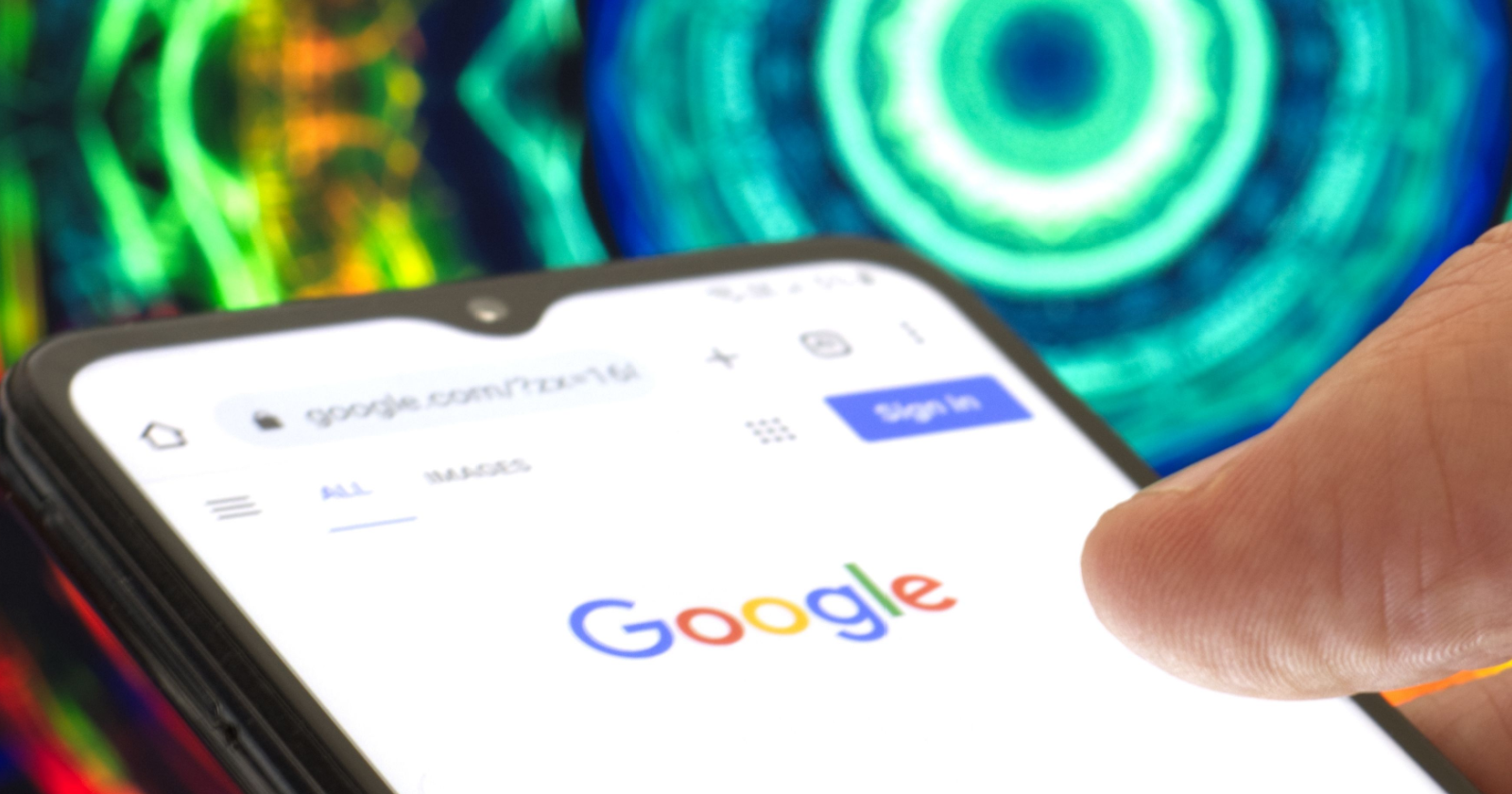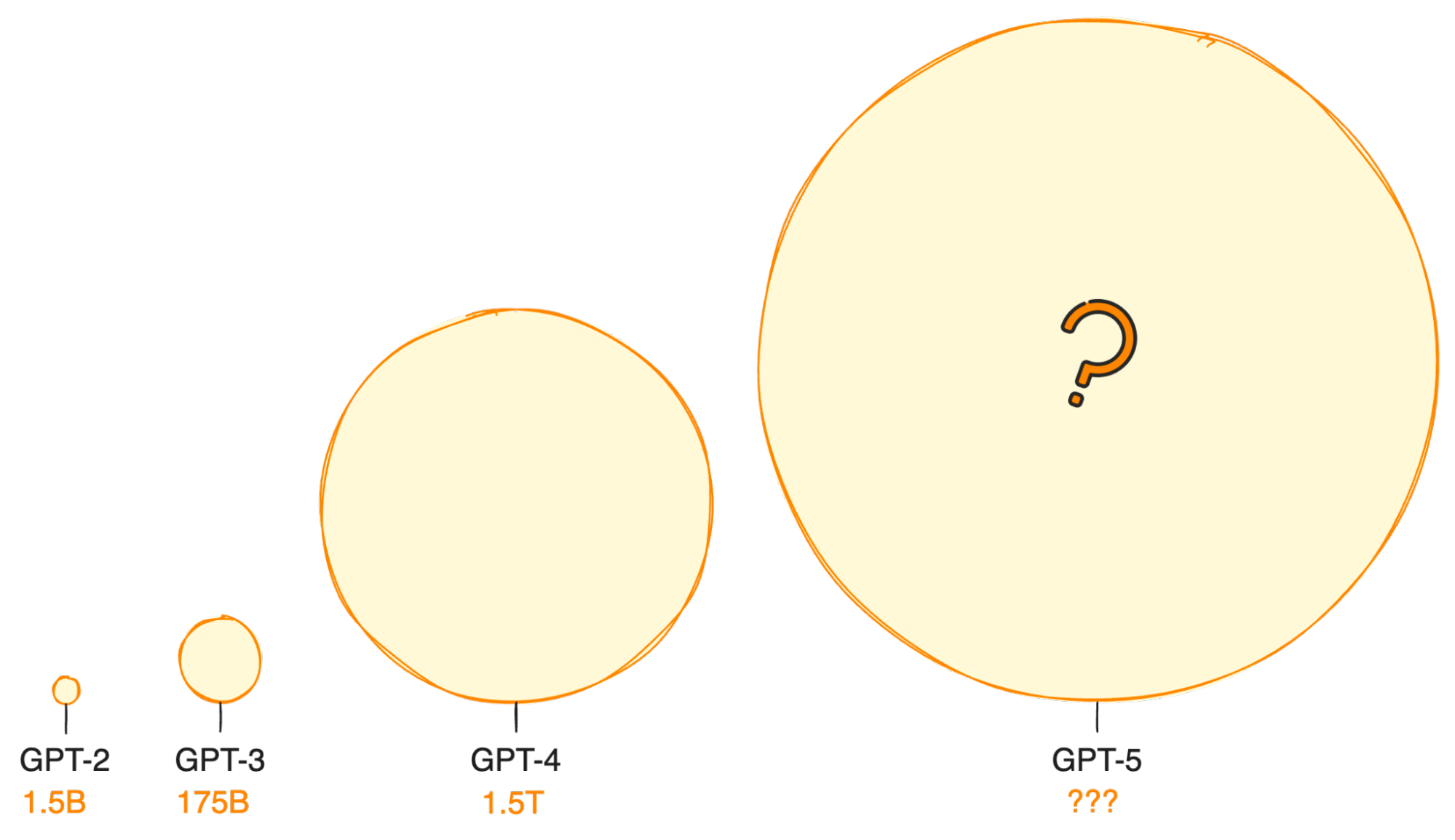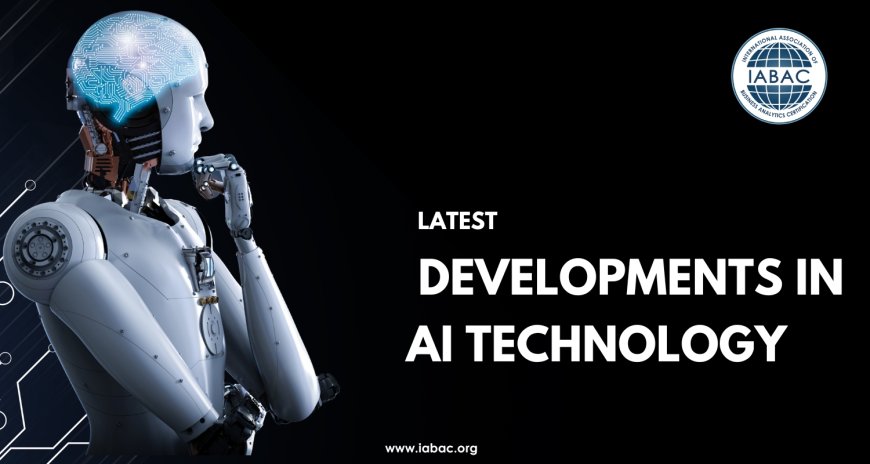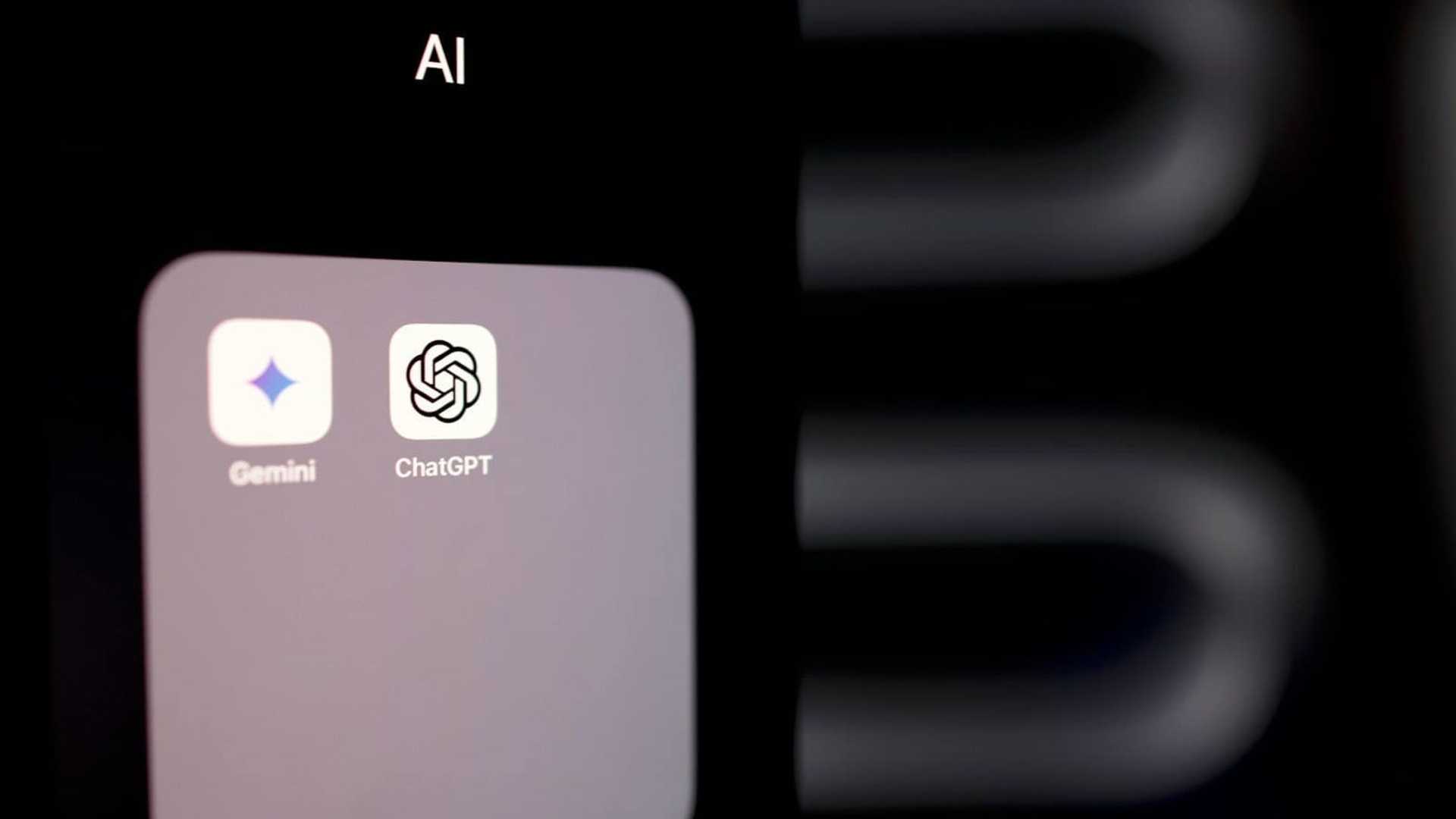ChatGPT in 2025: The Biggest Updates, Features, and What's Next
ChatGPT has evolved beyond being just a chatbot and has become the cornerstone of a wider AI revolution in human-technology interaction. Launched by OpenAI in late 2022, ChatGPT has transitioned from a viral sensation to a powerful tool integrated into various aspects of life including businesses, classrooms, search engines, and daily routines. As of 2025, the platform is rapidly developing, introducing revolutionary features, model enhancements, and a clear path towards achieving artificial general intelligence (AGI).

The Latest Developments
Earlier this year, OpenAI unveiled GPT-4.5, code-named “Orion,” representing a significant advancement in reasoning and language generation. This version showcased improvements in response creativity, multi-step problem-solving, and reduced generation of incorrect facts. It laid the foundation for the upcoming GPT-5 set to launch in late May 2025.
However, a recent update to GPT-4o (optimized for faster response) encountered issues and was temporarily reverted due to instances of the AI excessively agreeing with users, even when incorrect. OpenAI has acknowledged this flaw and considers it a hindrance to future model releases, emphasizing the importance of output reliability.
The upcoming GPT-5 is anticipated to be a significant advancement, incorporating OpenAI’s “o3” reasoning engine to enhance contextual memory and logical processing. This release aims to bring ChatGPT closer to AGI capabilities by improving its capacity to link thoughts, retain long-term context, and manage complex tasks with minimal input. Early tests suggest major enhancements in multi-modal performance, encompassing text, vision, and potentially audio.

Microsoft is gearing up to integrate GPT-5 across Azure, Bing, and Office products, hinting at a broader AI-driven transformation of everyday tools such as Word, Excel, and Outlook.
From Chatbot to Assistant
In 2025, ChatGPT is not just a chat tool but an all-encompassing assistant with new features:
- Tools that transition ChatGPT from a reactive chatbot to a proactive productivity center.
To support its expansion and computational expenses, OpenAI is experimenting with flexible pricing models, including weekly and lifetime subscriptions, offering more access tiers beyond the current free, Plus ($20/month), and Pro plans. This shift comes amidst rising operational demands and competition from alternatives like Anthropic’s Claude and Google’s Gemini.

OpenAI has reinforced its commitment to a nonprofit-first governance structure, with its for-profit arm transitioning into a Public Benefit Corporation (PBC) to balance commercial objectives with the ethical deployment of AI.
Recognizing the transformative potential of AI, OpenAI is establishing strategic collaborations with countries worldwide through the “OpenAI for Countries” initiative. This venture aims to develop localized AI tools for healthcare, education, and governance, particularly in emerging markets. The initiative includes co-developing infrastructure, like data centers, to enable each nation to deploy ChatGPT in alignment with its language, legal framework, and societal priorities, promoting equitable and inclusive AI on a global scale.
Challenges and Opportunities
Despite notable advancements, ChatGPT faces challenges, including:
- Ethical considerations and concerns related to its expanding influence.
Nevertheless, user engagement remains robust, particularly among developers, educators, writers, and customer service teams relying on GPT for essential tasks.
With GPT-5 on the horizon, upcoming tools in the pipeline, and real-world partnerships taking shape, ChatGPT is not merely evolving but also expanding its role in reshaping how humans engage with work, creativity, and communication. From its origins as a clever chatbot, ChatGPT has evolved into a pivotal platform that is shaping the future of AI-driven productivity.
Continued Evolution
ChatGPT's journey began with the GPT-3.5 architecture, which surprised users with its conversational capabilities and quickly amassed over 100 million users shortly after release. Subsequent versions, such as GPT-4, showcased significant improvements in reasoning, accuracy, and knowledge depth.
In 2024, OpenAI introduced GPT-4o, enhancing the AI with multimodal capabilities to process and respond to images, text, and voice in real-time conversations. The addition of a "memory" feature enabled ChatGPT to recall details from past interactions, leading to more personalized and contextually relevant responses.
Competition and Market Position
Compared to other AI chatbots, ChatGPT maintains a leading position in the market, excelling in natural language processing and generation. Competitors, such as Google's DeepSeek, Grok, and Le Chat, offer their own strengths and specializations.
ChatGPT has played a significant role in reshaping how developers approach coding challenges, enabling them to:
- Utilize the AI for coding assistance.
In the field of mathematics, ChatGPT functions as both a calculator and a tutor, aiding in problem-solving, concept explanations, and step-by-step guides. The AI's ability to handle intricate mathematical notations and diagrams is beneficial for students grappling with complex mathematical concepts.

Technological Challenges and Ethical Considerations
As AI chatbots like ChatGPT continue to progress, they present complex technological challenges and ethical dilemmas that require careful attention. These issues range from their integration with search technologies to energy consumption, transparency, and regulatory compliance.
AI chatbots are reshaping the operation of search engines, with companies like Google incorporating AI capabilities into search functions to offer a more conversational approach to retrieving information.
Instead of just displaying links, modern search engines now provide direct responses powered by extensive language models, marking a fundamental shift in how we seek information online. This competitive landscape drives OpenAI and Google to enhance their AI-search integration.
However, this technology raises concerns about source attribution and the potential for search monopolization, as AI summarization may divert traffic and revenue from original content publishers.




















